Association of Southeast Asian Nations (ASEAN)
- HQ at Jakarta (Indonesia); Established in 1967 in Bangkok via Bangkok Declaration
- Founding Fathers of ASEAN > Indonesia, Malaysia, Philippines, Singapore and Thailand
- Since then, membership has expanded to include Brunei, Cambodia, Laos, Myanmar (Burma) and Vietnam
ASEAN follows the principle of “ASEAN way” viz.
- Musyawarah And Mufakat [Consultation and Agreement]
- Don’t use force / confrontation
- Don’t interfere in the internal matters of states
- Informal discussion
- Minimal institutionalization
To achieve “ASEAN way”, Treaty of Amity and Cooperation in Southeast Asia (TAC) was signed, to which India also acceded in 2003 viz.
- They’ll not interfere in the internal affairs of one another,
- They’ll not use threat or use of force to settle differences / disputes
- They’ll settle of differences or disputes by peaceful means,
- They’ll effectively cooperate among themselves.
- They’ll mutually respect each other’s’ independence, sovereignty, equality, territorial integrity and national identity
- Every State has right lead its national existence free from external interference, subversion or coercion
Evolution of ASEAN
| 1967 | Establishment of ASEAN |
| 1994 | ASEAN regional forum (ARF) (India became its member in 1996) |
| 1997 | ASEAN + 3 is formed (China + Japan + South Korea) to increase regional cooperation |
| 2010 |
|
| 2015 |
|
Timeline of India – ASEAN Relations
| 1990 | India starts engaging with ASEAN, part of Look East Policy. |
| 1992 | India becomes a sectoral dialogue partner of ASEAN |
| 1996 | India becomes full dialogue partner of ASEAN |
| 2002 | India starts having annual summits with ASEAN |
| 2003 | India accedes to the Treaty of Amity and Cooperation in Southeast Asia (TAC) India signs counter-terrorism declaration with ASEAN. |
| 2009 |
|
| 2010 | FTA in goods becomes effective |
| 2012 |
|
| 2014 | FTA in services and investment signed- by all ASEAN nations with India except Philippines. |
ASEAN Regional Forum (ARF) – 1994
- Dialogue platform between the Foreign Ministers of ASEAN and its full dialogue partners
- To provide diplomatic solutions to regional problems.
ARF has total 27 member states |
||
| ASEAN Countries (10) | Dialogue Partners (10) | Other nations (7) |
|
|
|
ARF Procedure
- Annual ARF meeting at the level of Ministers
- Track-1 Diplomacy – ARF Senior Officials’ Meeting discussing security measures
- Track-2 Diplomacy – Seminars of scholars and officials from member states
- Annual inter-sessional meetings on Confidence Building Measures and Preventive Diplomacy
ARF Vision 2020
- Regional security challenges & measures
- Confidence building and cooperation
Hanoi Plan of Action (POA) to implement Vision 2020 involving concrete and practical actions in the fields of:
- Disaster relief
- Maritime security
- Non-proliferation and Disarmament
- Counter-terrorism
- Peacekeeping
India and ARF
- Member of the ARF since 1996
- Our participation is consistent with our “Look East” policy, and development of closer links with the ASEAN as a full-dialogue partner.
- We’ve co-chaired ARF Inter-sessional Support Group (ARF-ISG) on CBMs and Preventive Diplomacy
- We’ve organized several seminars, workshops and training programmes for ARF Members viz.
- UN Peacekeeping course at Delhi
- Maritime security training course at Chennai
- Anti-piracy training at Mumbai by Coast Guard
- Cyber security
For more updates, explore the IR & Security Category. Feel free to share your thoughts and comments
If you’re passionate about building a successful blogging website, check out this helpful guide at Coding Tag – How to Start a Successful Blog. It offers practical steps and expert tips to kickstart your blogging journey!
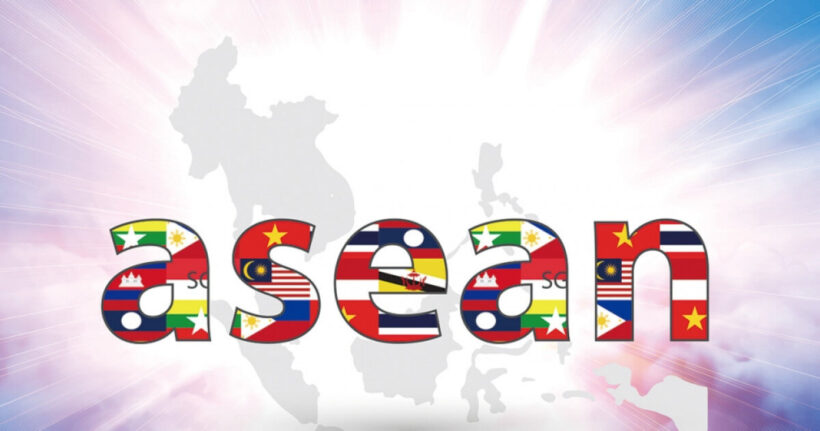
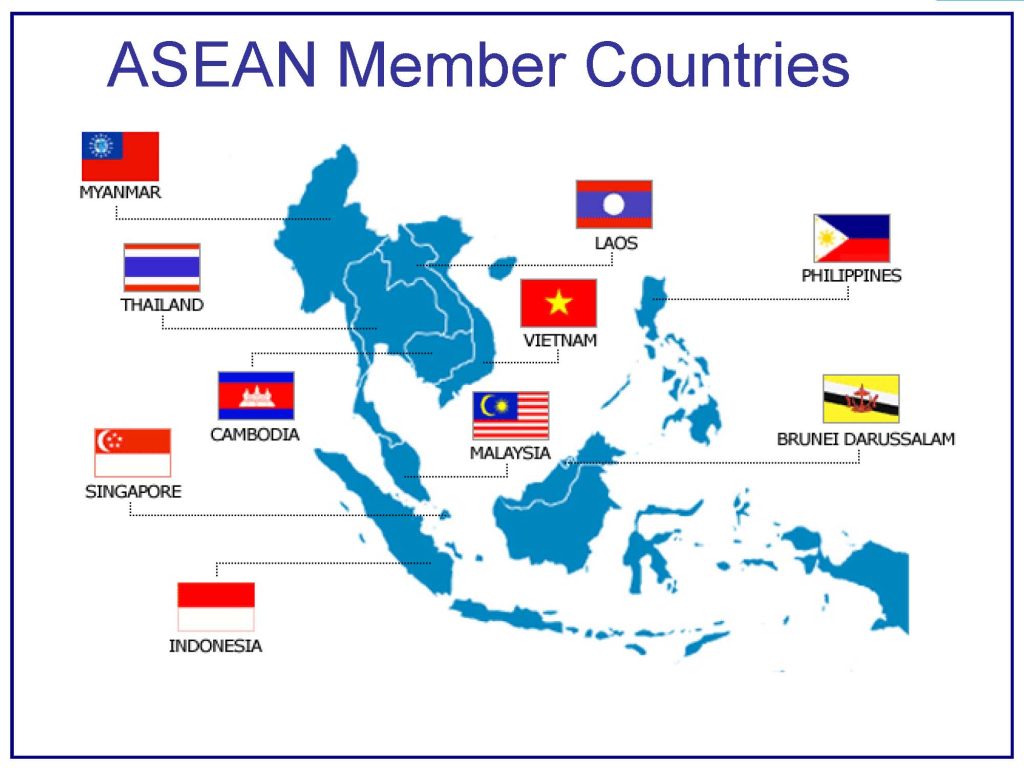

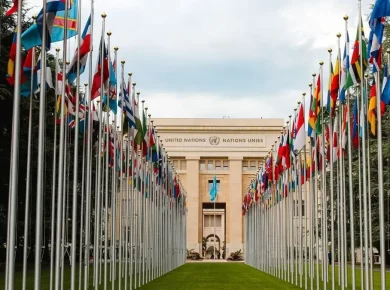
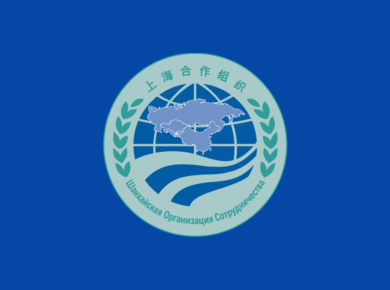
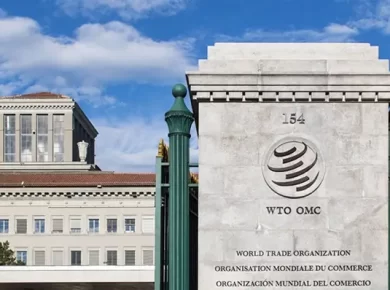
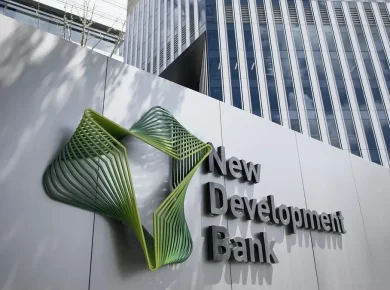
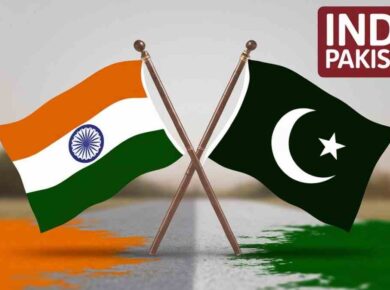
1 comment
THANK YOU FOR COMPREHENSIVE NOTES